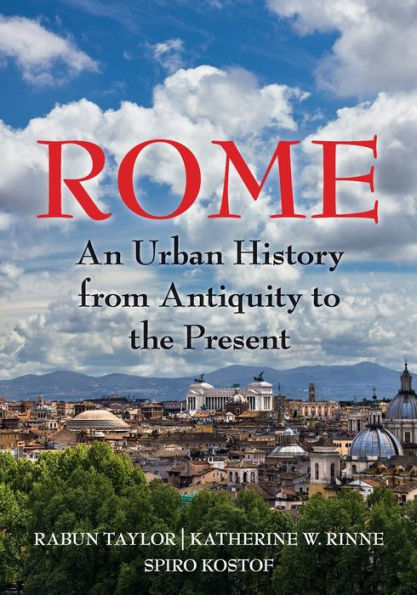5
1
9781107601499



Rome: An Urban History from Antiquity to the Present available in Paperback

Rome: An Urban History from Antiquity to the Present
- ISBN-10:
- 1107601495
- ISBN-13:
- 9781107601499
- Pub. Date:
- 09/08/2016
- Publisher:
- Cambridge University Press
- ISBN-10:
- 1107601495
- ISBN-13:
- 9781107601499
- Pub. Date:
- 09/08/2016
- Publisher:
- Cambridge University Press

Rome: An Urban History from Antiquity to the Present
$44.99
44.99
In Stock

Product Details
| ISBN-13: | 9781107601499 |
|---|---|
| Publisher: | Cambridge University Press |
| Publication date: | 09/08/2016 |
| Edition description: | Reprint |
| Pages: | 450 |
| Sales rank: | 826,019 |
| Product dimensions: | 6.97(w) x 10.00(h) x 0.79(d) |
About the Author
From the B&N Reads Blog
